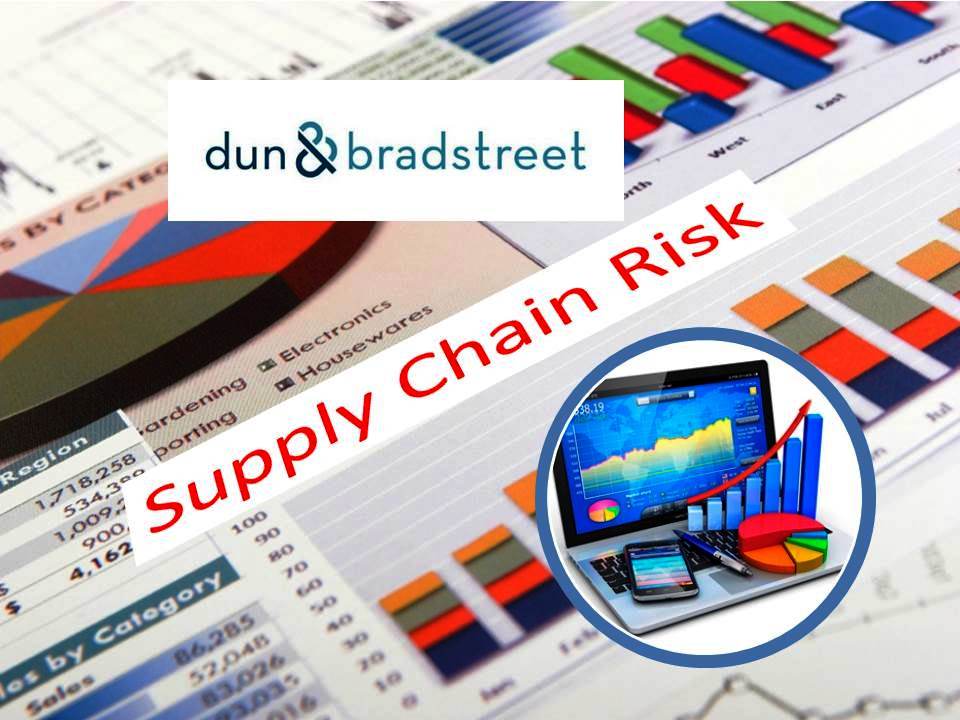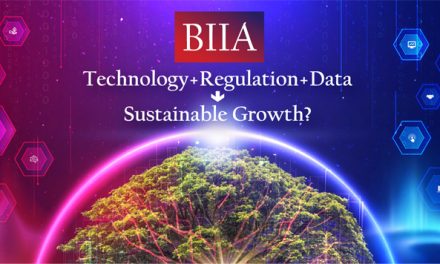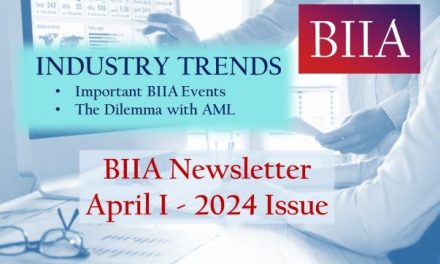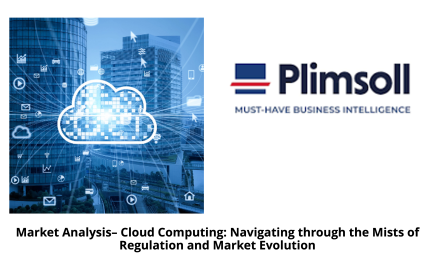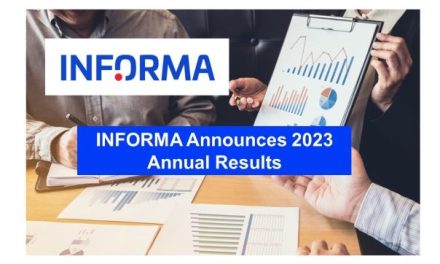This is the third iteration of the survey since it’s inception in 2018, and contains some surprising findings, say researchers.
Dun & Bradstreet recently released their Compliance & Procurement Sentiment Report, polling compliance and procurement professionals on their concerns around Environmental, Social and Governance (ESG). This is the third iteration of the survey since it’s inception in 2018, and contains some surprising findings, say researchers.
For example, it found that 43% of participants say it’s difficult to identify ESG within customer due diligence processes.
What’s more, while 86% of respondents reported confidence in the current effectiveness of compliance and procurement decision makers, that figure is actually down 7% since June 2018. What’s more, 53% say existing regulation has increased risks to their business in the last three months, with retail and governmental business leaders displaying the biggest decrease in confidence overall.
Other key concerns highlighted in the report include:
- The impact of regulations and Brexit – 44% of respondents believe that regulations are a barrier to doing their job effectively. In addition, 1/3 say that Brexit is a liability to their business as respondents believe that treating the EU as a separate country will add to the complexity of customer due diligence.
- Supplier risk management and compliance converge – There is an ongoing convergence of the two functions, which 13% of professionals feel would have a “negative” or “very negative” outcome on the business; half (50%) say it will have a “very” or “fairly positive” impact. These findings suggest a lack of clarity in business.
- Corporations continue to experience fraud – The ability to detect and respond to fraud is a challenge for procurement and compliance professionals around the world. Supplier, customer and third-party relationships are growing more complex, and fraud is harder to detect – 56% of respondents said that technology and policy are the top contributing factors to fraud.
Brian Alster, Global Head of Supply & Compliance at Dun & Bradstreet shared these other observations with SCMR in a recent interview.
 Supply Chain Management Review: Based on the responses in the report, what new questions will researchers come up with for the next survey?
Supply Chain Management Review: Based on the responses in the report, what new questions will researchers come up with for the next survey?
Brian Alster: We completed the third sentiment report feeling confident that we had dug into the topics around convergence, sanctions and fraud. In this next round of reports you will see that Dun & Bradstreet is leaning into the area of technology, specifically Artificial Intelligence (AI) and CyberRisk. Third-party risk management is growing in complexity and both procurement and compliance professionals are being asked to do more with less. In order to remain compliant and accelerate the due diligence process, the adoption of technology is a must. Artificial Intelligence isn’t just a buzz word when it comes to supply chain risk management. When adopted properly corporations have seen significant improvements in their overall third-party risk management program.
SCMR: What were the major surprises contained in this report?
Alster: This is Dun & Bradstreet’s third sentiment report and the biggest change was the emphasis on Environmental, Social and Governance (ESG) factors. When asked about their top concerns in the next six months, respondents to this survey cited ESG as second highest.
SCMR: What are the key takeaways?
Alster: The central factors of ESG are clearly defined as the measure of sustainability and ethical impact of a corporation. However, professionals are still struggling to understand how to effectively screen and monitor for ESG within third-party risk management programs, our survey revealed. In fact, 51% of respondents said that being able to accurately identify and verify identities was their top concern as it relates to ESG.
SCMR: What are the implications?
Alster: When you think about ESG and the implications that responsible sourcing can have on a corporation’s brand and reputation, in today’s digital world, it is no wonder this is a top growing concern. What needs to be solved is how to truly screen and continuously monitor for something like ESG. Supply chains are becoming increasingly more global and with that larger, more complex, global footprint, ESG becomes more challenging.
SCMR: Anything else?
Alster: Another issue is that there is no industry standard on how to measure ESG today. It’s up to each corporation to determine if and how to consider ESG within their supplier risk program. In my experience, softer supplier attributes like ethical impact are going to increase in importance – I think consumers are going to demand it more and more.
SCMR: How will supply chain managers avoid some of the major pitfalls outlined here…particularly fraud?
Alster: I don’t believe that supply chain managers can ever fully avoid fraud, however, they can help mitigate the risk of fraud by ensuring that certain actions and policies are implemented within their third-party risk management program. How nefarious suppliers misrepresent themselves is ever-changing so the most important thing a supply chain manager can do is have flexibility within their program.
SCMR: Any examples?
Alster: Yes, here are few that are critical to helping identify major pitfalls like fraud.
Management of self-disclosures: Corporations rely on a high level of self-disclosed information from their suppliers and those suppliers committing fraud don’t raise their hand and tell you. Validating self-disclosed information in the screening process is imperative. One way to help minimize fraud with self-disclosures is to leverage an automated workflow management tools.
Continuous monitoring and alerts: Often times I see where suppliers have been screened during the initial onboarding process, but then never looked at again. This leaves corporations at risk for fraud. A supplier’s circumstances can change over time, so it’s important to continuously monitor for any material changes in a supplier’s risk portfolio. In terms of monitoring, there also needs to be an alert system that triggers the supply chain manager to take action if needed.
Create a risk-based program: A comprehensive due diligence screening on every single supplier can be costly. It is important that supply chain managers understand where the majority of their risk is concentrated. Understanding the full portfolio of a supply chain and then creating a risk-based program to focus on the key risks certainly helps avoid pitfalls and disruptions in the business.
Published by Supply Chain Management. Authored by Patrick Burnson, Executive Editor · April 23, 2019
Source: Supply Chain Management Review
